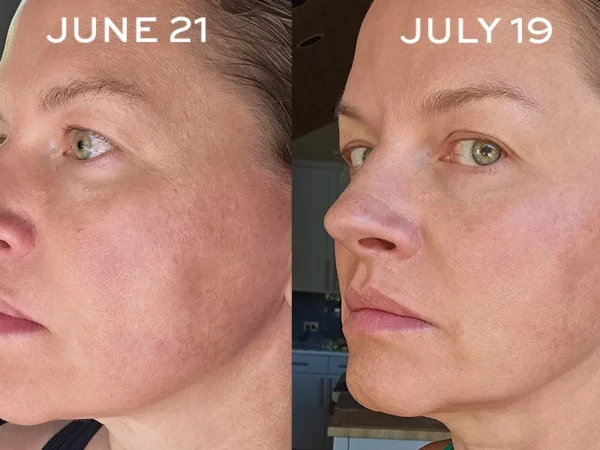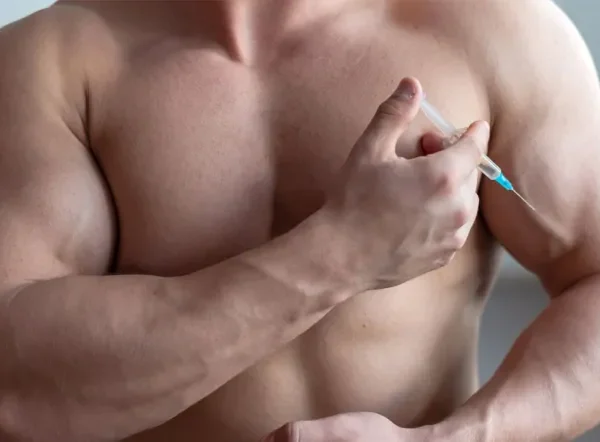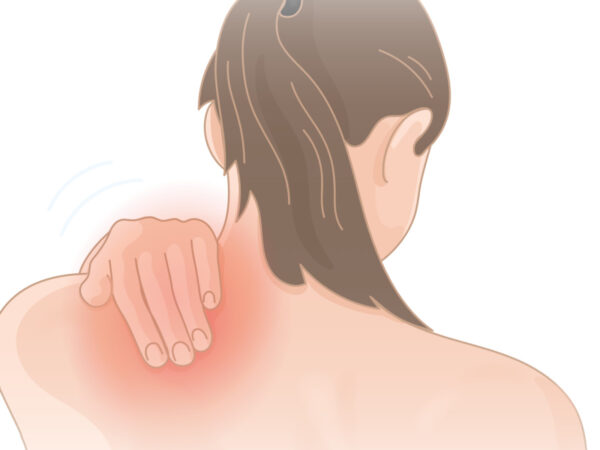Disposable Hypodermic Syringes: A Revolution in Healthcare

In the realm of modern medicine, disposable hypodermic syringes have become indispensable tools, reshaping the landscape of healthcare delivery. These small yet significant devices have played a crucial role in enhancing patient safety, improving infection control practices, and streamlining medical procedures. From their inception to their widespread adoption, the evolution of disposable syringes reflects a commitment to innovation and excellence in healthcare.
The Emergence of Disposable Hypodermic Syringes
The history of medical syringes dates back centuries, with early iterations used for various medical purposes. However, it wasn’t until the mid-20th century that disposable hypodermic syringes emerged as a game-changer in healthcare. Prior to their introduction, reusable syringes posed significant risks of contamination and infection transmission. The development of disposable syringes offered a solution to these challenges, providing a hygienic and convenient alternative for medical practitioners worldwide.
Enhancing Patient Safety and Infection Control
Disposable hypodermic syringes have revolutionized patient safety and infection control practices in healthcare settings. Unlike their reusable counterparts, which require meticulous sterilization between uses, disposable syringes are designed for single-use, eliminating the risk of cross-contamination. This not only protects patients from infections but also safeguards healthcare workers from potential exposure to bloodborne pathogens. By prioritizing safety and hygiene, disposable syringes have become a cornerstone of modern medical practice.
Advantages of Disposable Syringes
The advantages of disposable hypodermic syringes are manifold. Firstly, their single-use design reduces the risk of infections and ensures optimal patient safety. Additionally, disposable syringes eliminate the need for time-consuming sterilization procedures, saving valuable resources and streamlining medical workflows. Their standardized design ensures accurate dosing and minimizes the potential for dosing errors, enhancing medication administration practices. Furthermore, disposable syringes are cost-effective, making them accessible to healthcare facilities of all sizes.
Regulatory Standards and Quality Assurance
The production and distribution of disposable hypodermic syringes are subject to stringent regulatory oversight to ensure their safety and efficacy. Regulatory agencies such as the Food and Drug Administration (FDA) in the United States and the European Medicines Agency (EMA) in Europe establish rigorous standards for the manufacturing, testing, and labeling of medical devices, including syringes. Compliance with these regulations is essential to maintaining public trust and ensuring patient well-being.
Global Impact and Accessibility
Disposable syringes have had a profound impact on global healthcare accessibility, particularly in resource-limited settings. Their affordability, ease of use, and effectiveness in infection control make them essential tools for delivering essential medical interventions. From vaccinations to therapeutic treatments, disposable syringes play a critical role in improving public health outcomes and reducing healthcare disparities worldwide.
Environmental Considerations and Sustainability
While disposable hypodermic syringes offer undeniable benefits in terms of safety and convenience, they also raise environmental concerns. The widespread use of single-use plastics contributes to pollution and waste accumulation, posing ecological challenges. Efforts to develop biodegradable materials and promote recycling initiatives aim to mitigate these environmental impacts while maintaining the safety and efficacy of disposable syringes. Additionally, proper disposal practices are essential to minimize their environmental footprint.
Technological Innovations in Syringe Design
Technological advancements continue to drive innovations in disposable hypodermic syringes, enhancing their safety, usability, and efficiency. Safety-engineered syringes with retractable needles or protective shields help prevent needlestick injuries among healthcare workers, reducing occupational hazards. Smart syringes equipped with RFID tags or barcode scanners enable improved medication management and tracking, ensuring accurate dosing and enhancing patient safety. These technological innovations reflect a commitment to continuous improvement in healthcare delivery.
Education and Training for Healthcare Professionals
Effective utilization of disposable hypodermic syringes requires
comprehensive education and training for healthcare professionals. Proper technique and handling practices are essential to minimize the risk of needlestick injuries and ensure accurate medication administration. Training programs and certification courses equip healthcare workers with the knowledge and skills necessary to safely and efficiently utilize disposable syringes in clinical settings, ultimately enhancing patient care and reducing healthcare-associated infections.
Public Awareness and Advocacy Efforts
Public awareness campaigns and advocacy efforts play a crucial role in promoting safe injection practices and highlighting the importance of disposable hypodermic syringes in healthcare. Educating communities about the risks associated with improper syringe use and the benefits of using sterile, disposable syringes helps foster a culture of safety and responsibility. By empowering individuals to make informed choices about their healthcare, these initiatives contribute to overall public health and well-being.
Addressing Challenges and Overcoming Barriers
Despite the widespread adoption of disposable hypodermic syringes, several challenges persist, hindering their universal accessibility and utilization. Economic constraints, particularly in low-income countries, may limit access to disposable syringes and hinder efforts to combat infectious diseases effectively. Additionally, inadequate infrastructure and healthcare resources pose logistical challenges, impeding the distribution and proper disposal of medical waste. Collaborative efforts and innovative solutions are needed to overcome these barriers and ensure universal access to safe and effective medical devices.
Collaboration and Partnerships for Sustainable Solutions
Addressing the complex challenges associated with disposable hypodermic syringes requires collaborative efforts and strategic partnerships across sectors. Governments, non-profit organizations, academia, and the private sector must work together to develop sustainable solutions that prioritize patient safety, environmental conservation, and healthcare equity. By leveraging collective expertise and resources, stakeholders can drive positive change and improve healthcare delivery systems worldwide.
Innovations in Waste Management for Environmental Responsibility
Effective waste management strategies are essential to mitigate the environmental impact of disposable hypodermic syringes. Recycling initiatives, incineration facilities, and controlled disposal methods help minimize pollution and reduce the accumulation of medical waste in landfills and waterways. Furthermore, research into biodegradable materials and eco-friendly manufacturing processes holds promise for reducing the ecological footprint of disposable syringes without compromising performance or safety.
Ethical Considerations in Healthcare Delivery
Ethical considerations play a central role in the responsible use of disposable hypodermic syringes and other medical devices. Healthcare providers must uphold principles of autonomy, beneficence, and non-maleficence when administering treatments involving syringes, ensuring that patients are fully informed and involved in decision-making processes. Additionally, efforts to minimize waste and environmental harm align with broader ethical imperatives to safeguard the well-being of present and future generations.
The Future of Healthcare Delivery: Embracing Innovation
Looking ahead, the future of healthcare delivery will be shaped by ongoing advancements in medical technology and a commitment to innovation. Disposable hypodermic syringes will continue to play a pivotal role in patient care, offering safe, efficient, and cost-effective solutions for administering medications and fluids. By harnessing the power of technology, collaboration, and advocacy, stakeholders can build a more resilient and equitable healthcare system that prioritizes patient safety and well-being.






